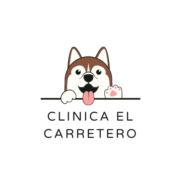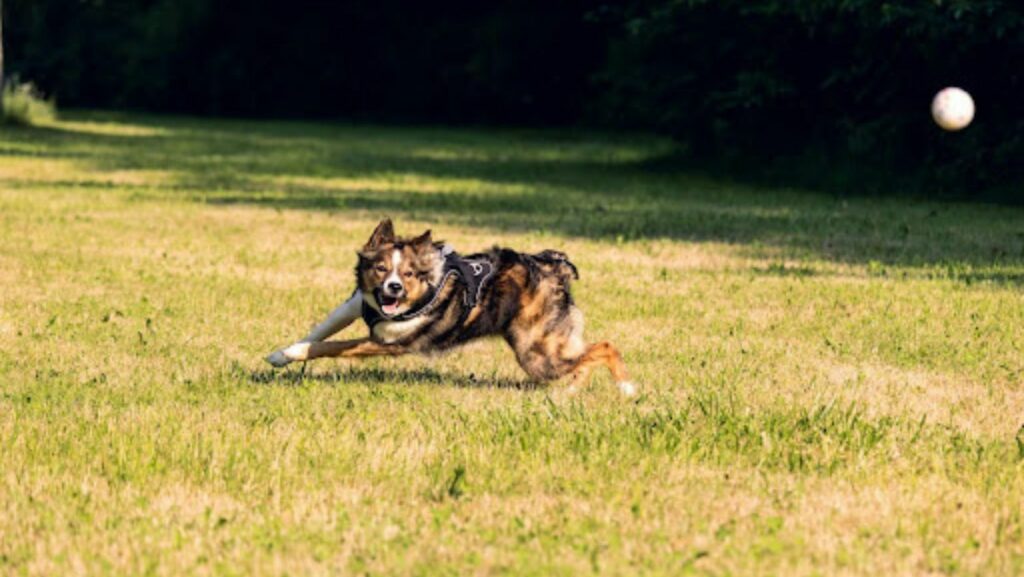Living with a dog isn’t just about pats and playtime. It’s about meeting their physical and mental needs—day in, day out. And in today’s fast-paced world, with long work hours and fenced-in backyards, it’s easy to assume a quick stroll or a game of fetch now and then is enough. But dogs are wired to move, explore, and use their minds. When those needs get brushed aside, it shows—through weight gain, nervous chewing, constant barking, or a dog that seems to have lost its spark.
Whether you’ve got a sprightly Jack Russell or a sleepy senior Labrador, regular movement and stimulation can make all the difference. Here’s why carving out time each day for a good walk, a brain game, or even a backyard sprint isn’t optional—it’s essential.
Why Exercise is Essential for Dogs
1. Keeps the Weight in Check
A dog that stretches its legs every day is far less likely to lug around extra padding—and that makes a real difference. Carrying too much bulk puts strain on their joints, forces their heart to work harder, and makes simple acts—like climbing stairs or hopping into the car—feel like dragging a backpack uphill.
Even if you’re spot-on with portion sizes and quality kibble, a dog that loafs around too much will still gain weight. It’s a balance game: what they take in has to be burned off. Regular outings, active play, or even backyard games help tip the scales in their favour—literally.
2. Smooths Out Rough Behaviour and Eases Anxiety
When dogs don’t get a chance to let off steam, that pent-up energy doesn’t just vanish—it gets funnelled into behaviours that can leave you pulling your hair out. Think chewed-up shoes, endless barking, zoomies that shatter vases, or clingy antics that make you feel like a shadow’s always one step behind you.
Giving your dog a proper outlet—whether that’s a spirited game of fetch, a scent walk that turns their brain on, or even a puzzle toy—can help soften those edges. Routine activity doesn’t just tire the body; it settles the mind. For many anxious or excitable dogs, movement paired with predictability works wonders.
3. Strengthens Muscles, Bones, and Flexibility
A pup’s body, much like ours, needs movement to stay limber and strong. Muscles that don’t stretch and flex start to weaken. Joints stiffen. And over time, what used to be a short sprint turns into a sluggish shuffle.
For puppies still filling out, exercise helps build solid muscle tone and improve coordination. For older dogs, staying active slows down the clock—keeping hips looser, steps steadier, and daily life more comfortable. You don’t need marathons—a few short bursts of play, controlled walks, or swimming can all help keep their frame moving as it should.
4. Wakes Up the Brain with Every Sniff
For a dog, sniffing the world isn’t just a pastime—it’s how they soak up the day’s headlines. That tuft of grass outside the postbox? A gossip column. The base of that lamppost? A mystery novel waiting to be cracked open. When you let your dog pause, explore, or puzzle something out, you’re giving their mind room to stretch and wander.
Mental exercise doesn’t have to feel like homework. It could be scattering kibble in the garden for them to sniff out, setting up a box filled with newspaper scraps and treats, or letting them lead the way on a meandering walk. These little moments switch on their curiosity and tone down restless energy. A brain that gets to work and play ends the day settled, not spinning.
5. Builds a Stronger Heartbeat and Steadier Breathing
A good romp isn’t just about tired paws—it keeps the whole machine humming. Regular movement gets blood flowing, strengthens the heart, and teaches the lungs to work more efficiently. A dog who walks daily or plays hard gets the same kind of benefit we do from a proper sweat session.
This doesn’t mean your pup needs a marathon on their calendar. A few brisk loops around the block, a splash through the park, or a game of fetch in the backyard can go a long way. And for older dogs or those with health quirks, even a short stroll helps oil the joints and fan fresh air through their system. Think of it as tuning up the engine—gentle, regular effort that keeps everything ticking without straining the parts.
A Dog Who Moves Is a Dog Who Thrives
Let’s face it—life gets noisy. Our calendars fill, our phones buzz, and sometimes the dog’s walk lands further down the list than we’d like to admit. But if there’s one thing that consistently pays off for both dogs and their people, it’s movement.
Dogs weren’t built to lounge all day, no matter how much they love a belly rub on the couch. They were shaped by thousands of years of chasing, sniffing, tracking, and fetching. When you give your dog regular chances to stretch their legs and flex their brain, you’re fuelling something much bigger than fitness. You’re nurturing balance, trust, clarity—and often, a bit of mischief too.

